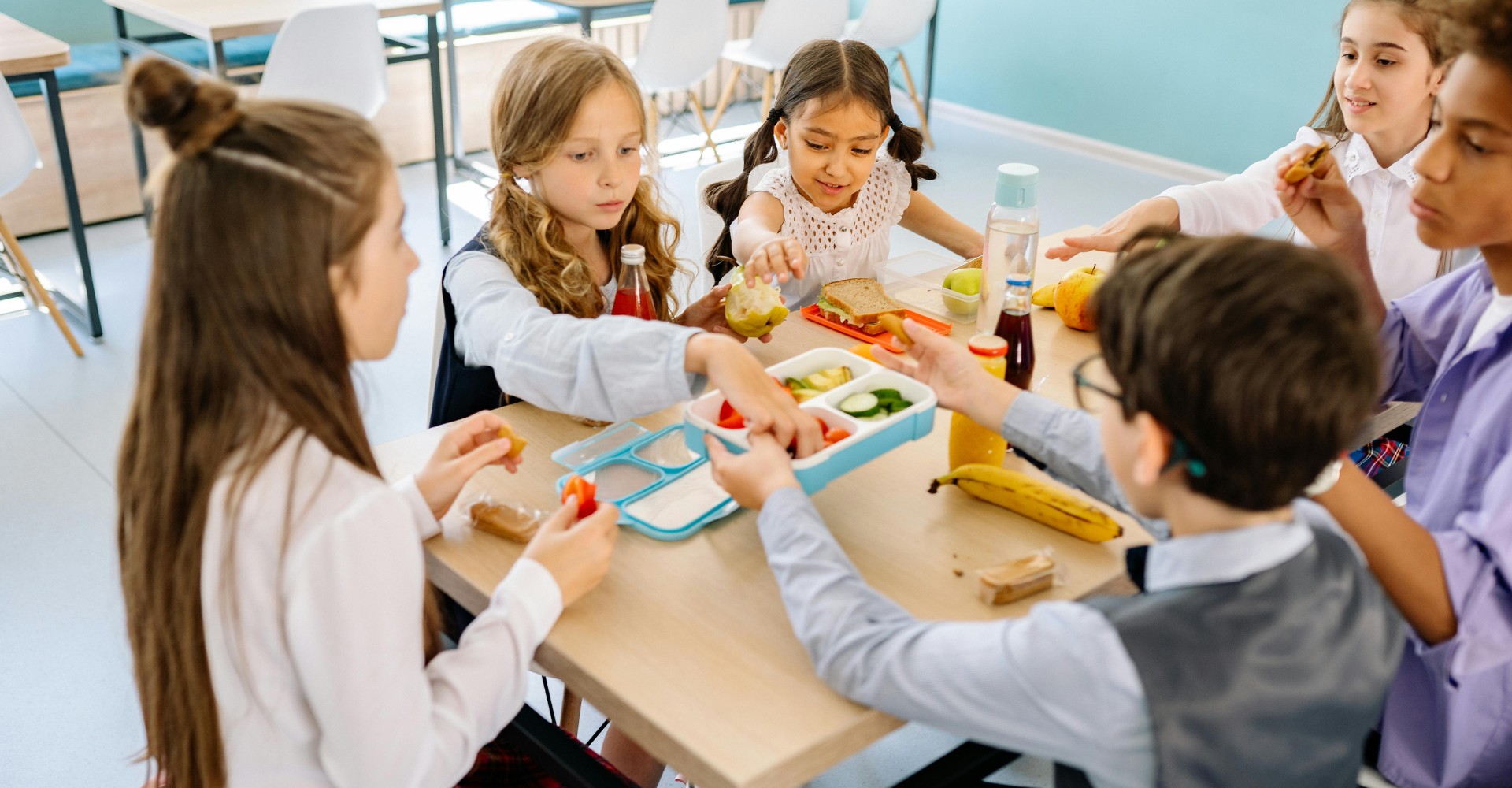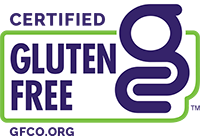How to Teach Your Kids to Avoid Gluten at School
When you have school aged children that have gluten allergies, intolerances, or celiac disease, it is important to know how to teach your kids to avoid gluten at school. Think back to the first time you learned as a parent that your child could no longer eat gluten. It took time to understand this new development, recognize gluten ingredients, and advocate for your child’s wellbeing. When translating these same concepts to a young mind, the learning curve can be just that much steeper.
Teaching your kids how to avoid gluten at school starts at home with parents and caregivers. Show them what practices to adopt to keep them safe and then help them learn to advocate for themselves when away from home. When done correctly, this can be a helpful tool for life at school and beyond.

Start with and Perfect the Basics
The best place to begin is back at the starting line, which for younger school children can mean focusing more on their eating environment than anything else.
Children must wash their hands before eating, but when it is lunch time at school, the temptation to sit down and dive right in is strong. However, it is important for them to wash their hands thoroughly with soap and warm water for about twenty seconds to help get rid of any gluten particles that could be resting on their hands. It is worth noting that handwashing is not the same thing as using hand sanitizer.
Next, instruct your child to avoid setting food down directly on the table. If they are eating in a crowded cafeteria where a new group of children comes in every thirty minutes or so, there could be a risk of sitting down at a spot with particles of gluten from the previous occupant. For this reason, teach the child to eat their lunch out of the container from home instead of off the table.
Reinforce that your child should not share food. For decades, children have been wheeling and dealing at the lunch table trading a pudding for an apple or a cookie for a brownie. However, when a child is gluten free, trading food is not a good idea. At school, it is best to not eat others’ food or share their own with others. Afterall, a gluten free sandwich that has a bite out of it from a mouth that previously ate gluten, is no longer completely gluten-free.
Ask your child to eat only the food they bring from home. Even if another child has a product that your child thinks they safely eat at home, it is better to avoid sharing. Some products that are made in different sizes and packaging may be made at different manufacturing facilities, which means they could potentially contain or be contaminated with gluten.
Just say no to sharing drinks. Just as kids do with trading lunchbox foods, it is not uncommon for them to share drinks. Not only is this an easy transmission path for germs, but it can also transmit gluten. Teach your child not to let anyone drink out of their drink as well as for them not to drink out of anyone else’s.
Clearly label your child’s drink and make sure they know it is theirs. The lunchroom can be chaotic with lunchbox contents strewn about and plenty of socializing going on. For this reason, it is wise to make sure your child’s drink is clearly labeled with their information. Pro Tip: If you are sending your child with a water bottle or container that anyone else can get at mainline stores, it may be helpful to have a special distinguishing characteristic to avoid confusion.
Work With the Teacher
Being prepared is one way to teach your kids to avoid gluten at school. Let them see you working with the teacher to plan ahead and advocate for them.
- Keep safe snacks in the classroom. It pays off to be prepared by having safe snacks stored in the classroom in case an impromptu celebration arises, or your child does not have a snack. Supply your child’s teacher with a well-marked box of safe eats for your child in case of emergency. Ask the teacher to store it in a secure place. Pro Tip: Don’t forget to thank the teacher for helping you safely advocate for your child. A little kindness goes a long way.
- Be ready to send safe snacks when needed. School parties and celebrations are not unusual for young children. Ask the teacher to let you know if they are aware of a big celebration coming up and then simply try to create a safe and clearly labeled copycat snack for your child to bring for themselves. A great shortcut for this step is to keep gluten free desserts in the freezer (like chocolate chip cookies, snickerdoodle cookies, and sliced lemon pound cake) and then simply pull them out as needed.
- Volunteer to help with parties. Show your willingness to help by offering to be a homeroom parent or helping with class parties. This may allow you to have more agency over the menu which could limit cross-contamination worries.
It is essential to work with your child’s teacher. Take care not to make demands but to do everything you can to meet them halfway to ensure your child’s safety at school. Let them know you sincerely appreciate all that they do.
Never Underestimate the Power of a Backup
Life happens and sometimes a situation occurs that you never could have planned on. This is why backups or vital to protecting your gluten free child at school. With backups in play and when the unthinkable happens, there is another safe option on hand.
- Teach your child to always keep an extra measure of safe food in their backpack and/or locker. This likely means also showing them the importance of daily replacing items they have eaten out of that stash.
- Keep extra treats in the classroom just in case your child drops their food on the floor. It happens, and rather than a young child trying to “wipe off” the gluten crumbs from a sandwich that hit the floor, keep extra safe food in the classroom.
For Older Kids and Teenagers
As your children grow, their gluten free needs will also. In middle and high school, there isn’t always a teacher hovering over them to ensure they are not sharing food or eating something they shouldn’t.
This is why teaching your kids to avoid gluten at school becomes vitally important. Don’t just take over and do all the safety checks and advocating for them. Teach them to do it for themselves so they learn how to be safe even when you are not around.
Start with doing a deep dive on what ingredients could be red flags for gluten. Show your child what keywords to look for and how to make sense of allergen warnings on labels. Remember to keep the conversation thorough but kid friendly. By implementing this step, you are helping equip them to live the gluten-free lifestyle successfully.
Help your child learn to advocate for themselves. You cannot always be by your child’s side, so it is imperative to teach them how to keep themselves safe from gluten. This is a key part of growing up for any child, but especially for those with dietary restrictions.
Now that you have some starter tips on how to teach your kids to avoid gluten at school, waste no time in beginning. Your child is counting on you.
- Discovering Gluten-Free Joy: Safe and Delicious Foods You’ll Love - April 24, 2025
- Top 6 Gluten Free Pantry Staples - April 10, 2025
- Celiac Awareness Month: Raising Awareness about Cross Contamination Risks - April 2, 2025

